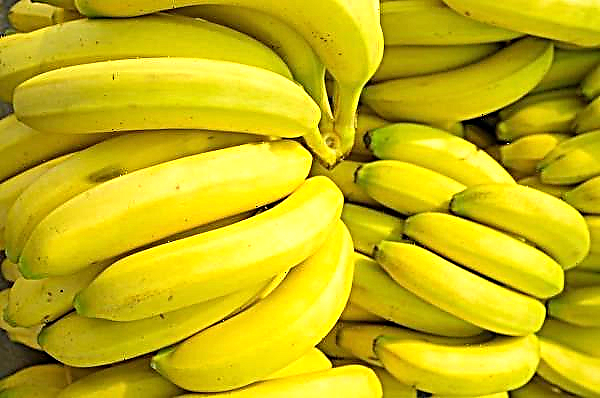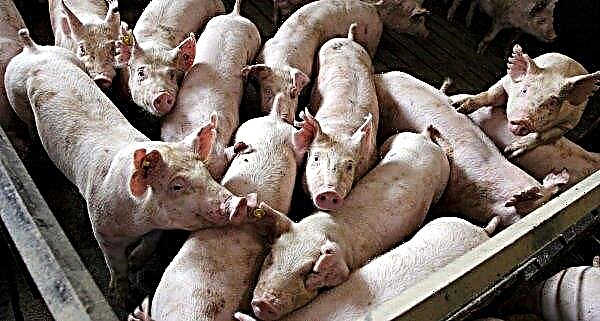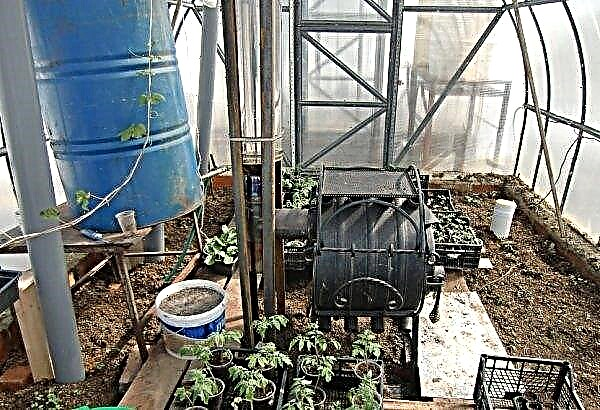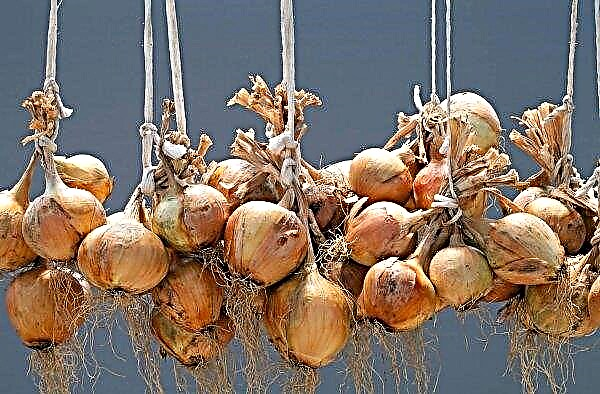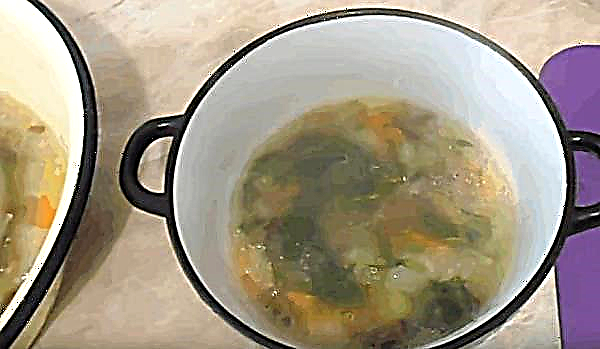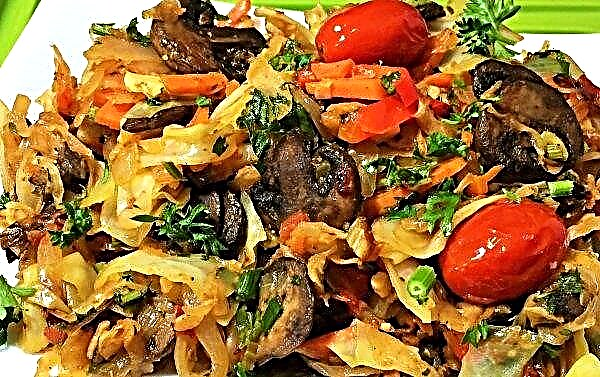Now the dairy industry is dying, and the American Dairy Coalition is helping to deal with the crisis caused by COVID-19.
The crisis is overwhelming. Dairy farmers dump milk onto fields and sewers; retailers limit consumers to dairy purchases; and farmers have to wonder if they will be paid for the milk they produce. The amount of fear and uncertainty surrounding the dairy industry is unprecedented today.
In Ayurveda, it is believed that milk can be consumed only after the moonrise, and it refers to "Lunar products".
This was the last scenario expected by dairy farmers, which followed almost five years of exorbitant milk prices and the subsequent bankruptcy of dairy products, helped by adverse market and weather conditions, agricultural tariffs and trade wars.

The main segments of the milk market stopped almost overnight. The closure of national schools, restaurants and cafes destroyed the main dairy markets, leaving the cheese producers and milk processors the reality that they had nowhere to ship what they produce.
Operational action is critical to saving the industry. Payments made directly to farmers do not fix the market. It is necessary to study the entire supply chain and direct dollars and efforts to find solutions in the field of processing and distribution, so that dairy products are available to those who most need them. The solution lies in the immediate promotion of raw materials.
This week the network Feeding america appreciated the need for additional 1.4 billion dollars over the next 6 months, as the number of people experiencing food shortages should increase by a historical 47% due to COVID-19.
- Stocks of pork and chicken in the US in October reached new all-time highs this month.
- Argentinean biotechnology company Bioceres SA hopes that the stress-tolerant genetically modified soybean seeds it develops with the HB4 gene will be approved in the United States within the next month and by the end of 2020 in China.
- Mexican tomato producers have submitted to the US Department of Commerce new proposals to regulate trade in their products in order to put an end to the dispute that led to lower tariffs on Mexican tomato exports to the United States.




